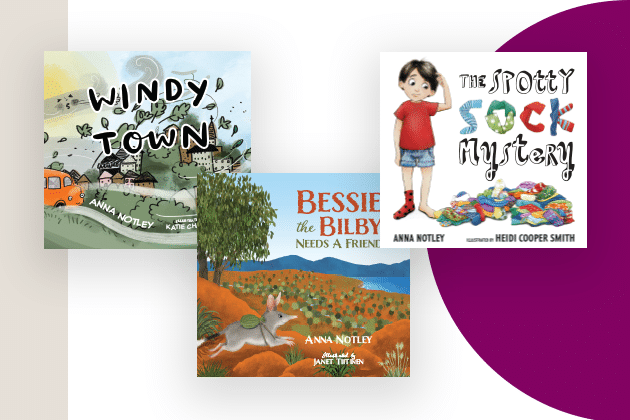We know that reading picture books is crucial for helping young children develop their oral language skills and vocabulary. A simple storybook can be the starting point for multiple fun and valuable reading activities that get children thinking and talking again and again.
Here are five ways you can help children become better readers at home, every day of the week. Try these reading activities with a picture book from your home library or from The Bookshop by MultiLit.
Monday: Read the story
Tuesday: Read the story again and teach new words
Ask your child what they remember about the story. Who were the characters? Can they summarise what happened?
As you read the book aloud for a second time, pause to ask your child questions about the story and pictures. Ask how characters are feeling, see if your child can idenitify colours or count objects in the pictures, or ask what your child would do if they were in the book.
When you come across interesting words that your child might not know, pause to explain what the word means.
After reading, write three interesting words from the book down (nice and big) and ask your child to add them to a ‘Word Wall’ area in your home. Remind them what the words mean and how they were used in the story. Don’t expect children to be able to read longer words themselves, this is all about developing oral language and vocabulary.
Wednesday: Talk about the words
Look at the three words you added to your Word Wall at home and talk about the meanings. Ask your child to act out each word and then use it in a sentence.
If one of your words is ‘perfect’, you could pretend you are unwrapping the perfect present and say the sentence: “This present is perfect!”
‘Carefully’ could be demonstrated by carefully pouring a glass of water, carefully carrying a plate of food to the table, or carefully climbing a tree.
As you go about your week, try to find opportunities to use the three special words during the day and point out the word to your child. If they use one of the words on their own, praise them and discuss the context.
Thursday: Write
Now is the time to get your child writing and thinking about the book in more detail. If you’d like, re-read the story, then help your child to brainstorm and write down different words to describe the characters of the book and what they were doing. Can your child write these words into a sentence?
Help and support your child as much as they need.
Friday fun
Finally, you can both be a little creative and have some fun with arts and crafts. Ask your child who their favourite character was, what animals were in the story, or what was different about the places they went. Children can draw or paint their favourite character, animal or house, or even create something with paper and other craft supplies.

